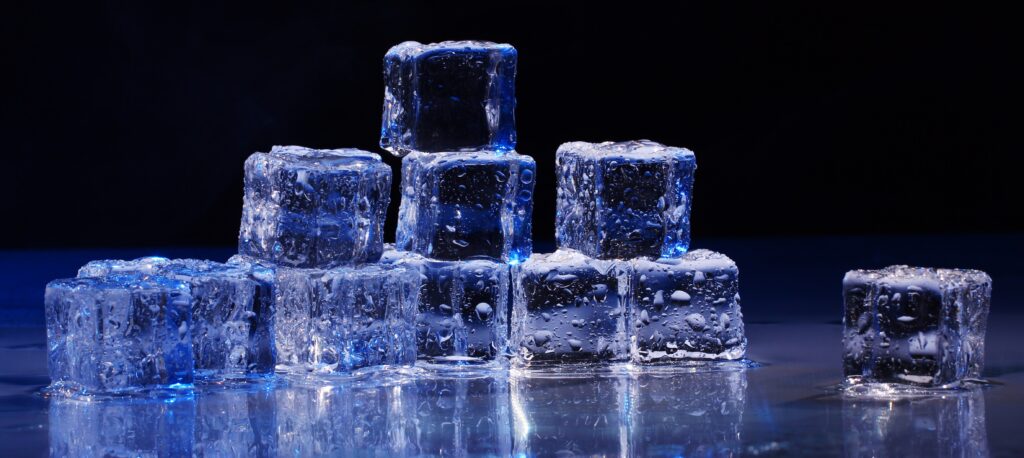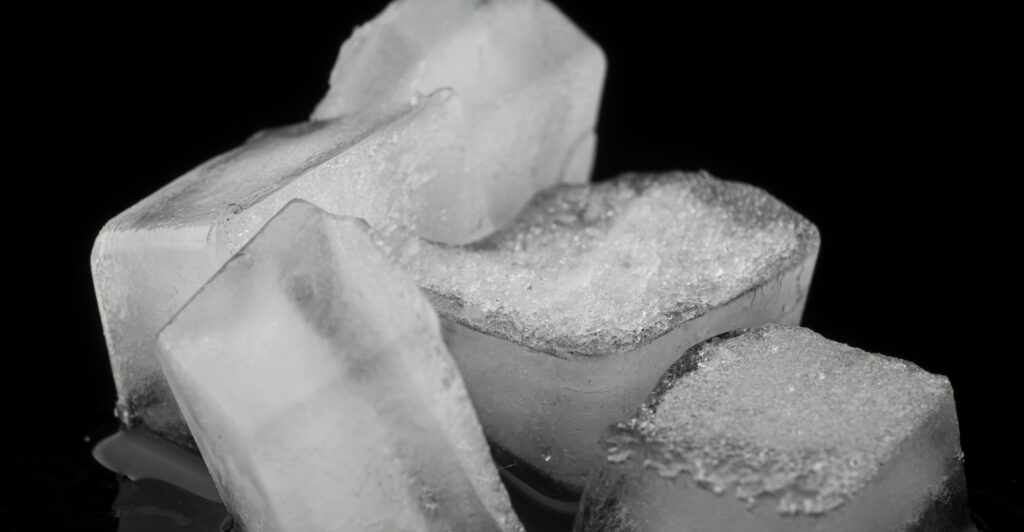What is the chemical name of dry ice: Top Secrets revealed

Table of Contents
News
There was an uproar in a restaurant (La Foresta cafe) in Gurugram due to vomiting of blood after eating dry ice. They ate dry ice instead of mouth freshener. After eating dry ice they started vomiting. They was admitted to the hospital after falling ill. The health of the people there is deteriorating. FIR has been launched against the restaurant.
What is the chemical name of dry ice?
Dry ice, a unique form of carbon dioxide, holds a special place in various industries and scientific endeavors due to its intriguing properties. From shipping delicate goods to creating captivating special effects, dry ice plays a crucial role in many applications. In this article, we delve into the world of dry ice, exploring its composition, uses, safety precautions, environmental impact, and alternatives.
What is Dry Ice Made of?
Dry ice is solid carbon dioxide (CO2) (what is the chemical name of dry ice) at a temperature of -78.5 degrees Celsius (-109.3 degrees Fahrenheit). It is made by compressing and cooling gaseous CO2 until it reaches its solid state without passing through the liquid phase.
The Properties of Dry Ice

Sublimation Process
One of the most remarkable properties of dry ice is its sublimation process. Unlike most substances, dry ice does not melt into a liquid when heated. Instead, under goes sublimation process, transitioning directly from a solid to a gas.
Temperature of Dry Ice
With its extremely low temperature, dry ice is ideal for applications requiring rapid cooling or freezing. Its temperature makes it effective for preserving perishable items or creating chilling effects in various industries.
Common Uses of Dry Ice
Shipping and Packaging
Dry ice is commonly used in shipping and packaging to maintain low temperatures and preserve perishable items such as food, medical supplies, and biological samples. Its sublimation process eliminates the need for messy cleanup associated with traditional ice packs.
Food Preservation
In the food industry, dry ice is employed for flash freezing and preserving foods during transportation and storage. It helps maintain the freshness and quality of perishable goods without introducing moisture.
Cleaning and Blast Cleaning
Dry ice blasting, also known as CO2 blasting, is a non-abrasive and environmentally friendly cleaning method used in various industries. It involves propelling dry ice pellets at high speeds to remove contaminants, coatings, and residues from surfaces without causing damage.
Special Effects in Entertainment
Dry ice is a staple in the entertainment industry, where it is used to create dramatic fog effects in stage productions, concerts, and haunted houses. Its dense fog adds ambiance and enhances visual effects, captivating audiences.
Safety Precautions When Handling Dry Ice
Ventilation
Proper ventilation is essential when working with dry ice to prevent the build up of carbon dioxide gas, which can displace oxygen in confined spaces and pose a suffocation risk.
Protective Gear
When handling dry ice, protective gear such as gloves and safety goggles should be worn to avoid skin irritation and eye injuries. Never contact directly with dry ice, It can cause frostbite.
Storage
Dry ice should be stored in well-ventilated areas away from heat sources and combustible materials. Insulated containers designed for dry ice storage help minimize sublimation and maintain its effectiveness.what is the chemical name of dry ice?

Environmental Impact of Dry Ice
Dry ice is considered environmentally friendly as it does not produce harmful byproducts during sublimation. However, the production process of carbon dioxide, the main component of dry ice, contributes to greenhouse gas emissions.
Alternatives to Dry Ice
While dry ice offers many benefits, there are alternative cooling methods available, such as gel packs, liquid nitrogen, and refrigeration systems. These alternatives may be more suitable for specific applications or environmental considerations.
Conclusion (What is the chemical name of dry ice)
Dry ice, with its unique properties and versatile applications, continues to play a significant role in various industries and scientific endeavors. From preserving perishable goods to creating captivating special effects, its uses are diverse and impactful. However, proper handling and safety precautions are crucial to ensuring safe and effective utilization of dry ice.
FAQs of (what is the chemical name of dry ice)
Yes, dry ice is commonly used for food packaging as it helps maintain low temperatures and preserves freshness without introducing moisture.
Never contact directly with dry ice, It can cause frostbite. It’s essential to wear protective gear such as gloves when handling dry ice.
The longevity of dry ice depends on factors such as temperature, insulation, and ventilation. Typically, it sublimates at a rate of about 5-10 pounds every 24 hours in a standard cooler.
While dry ice itself is environmentally friendly, the production process of carbon dioxide contributes to greenhouse gas emissions. However, compared to other cooling methods, dry ice is often considered a more sustainable option.
Dry ice sublimates over time, meaning it transitions directly from a solid to a gas. Once it has completely sublimated, there is no residue left to reuse. However, it can be refrozen and reused if it hasn’t completely sublimated.
Solid form of CO2.

Pingback: How to close Paytm Fastag before 15 march: Complete Guide